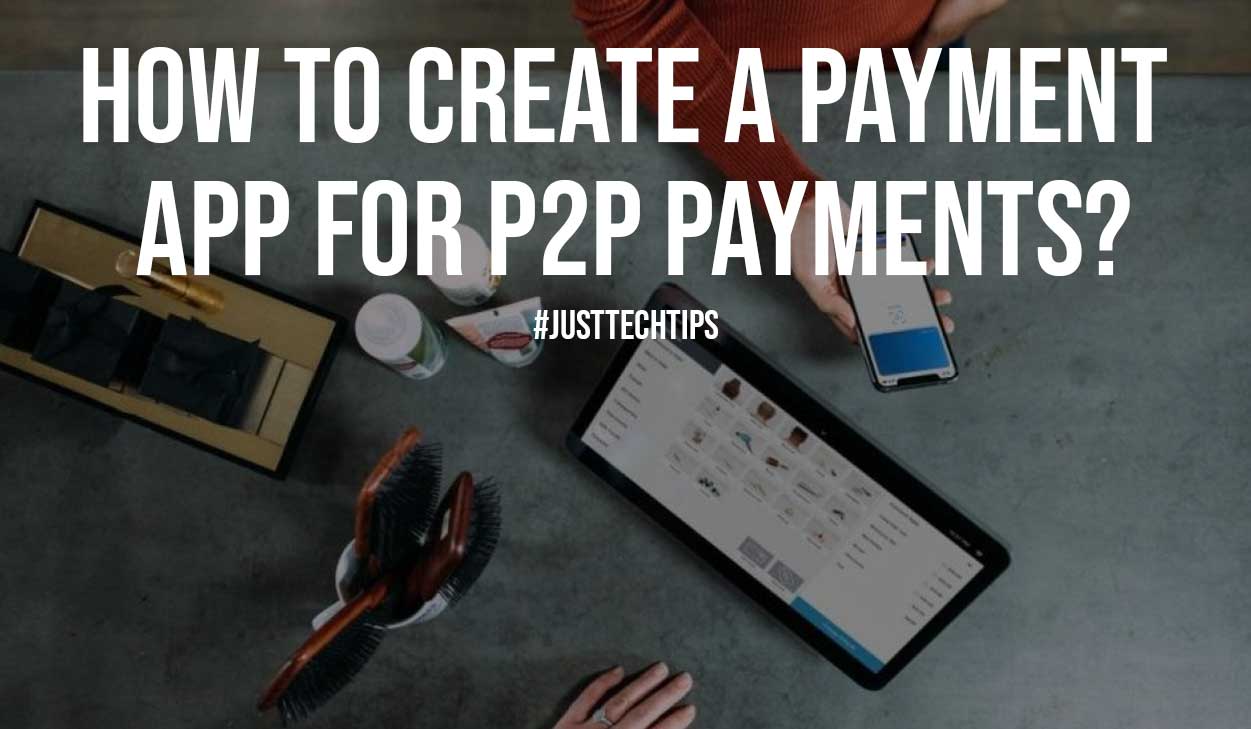Knowing how to make a payment app is pretty challenging when you think of all the steps and considerations to make one product. There are multiple details to consider and several internal processes to know. Now, of course, you will need an experienced developer to handle it all for you.
It still helps to understand only the overall details, but if you need more information, we recommend you to find complete guidance about developing an app to make a payment.

And one of the most comprehensive articles about how to create a payment app is contained in the blog of CHI Software company. So, read on to know more!
How to make a payment app through deciding on an app platform
The technology stack is the prime consideration when making a mobile payment app. And that stack depends on the app platform you choose – cross-platform, native, or hybrid.
If the plan is to create a money transfer app fast, your best bet is to go for native apps. The quality of the app will be top-notch, and yet the developer will deliver the app quicker. Making iOS apps is a little more complicated than this, though the diversity of Android devices is way more than iOS.
On the other hand, a cross-platform app compiles the source code from different platforms easily. The best part of such apps is that most codes are written by an individual, instead of a group of narrow specialists.
Also Read: 5 Ultimate Real-World Uses Of Blockchain!
Features and the development approach of the app
Now, peer-to-peer app development involves the use of multiple techniques:
- Mobile Backend as a Service (MBaaS) and Platform as a Service (PaaS) platforms
- APIs and SDKs to integrate payment, verify unique user IDs, and other such features
- Speeding up your project through frameworks and Integrated Development Environments (IDES)
If you plan to make your app reach different regions in the future, you might need to change the code to make it more conducive for modification, regionalization, and multiple language support.
When planning to fasten and simplify the process of development, it is important to consider third-party APIs and SDKs. They will make sure that the quality of the app remains the same, but it becomes easier to develop.
Designing and developing UI/UX in the app
As the tools, design, and platform are already chosen, it is time to write down the code and integrate the payment gateway in the app. Developers suggest relying on readymade SDKs that offer support for Android and iOS.
After this, it is time to test the app manually and automatically to make sure that the product meets the expectations. An MVP can be made to record the response of the users in this regard.
Now, the developers who know how to build a p2p payment app, also understand the guidelines and tools to rely on in this regard.
The cost estimation of making a payment app
Before embarking on the journey of how to build a payment app, you need to estimate the cost. The cost depends on a number of factors – the technology used, the location of the developers, the size of the team, and the platform is chosen.
In order to make an app that works, you need to have a clear idea about the preference of your customers – cross-platform or native.
Consider the features that can help your monetization plan. If you want the app to be more responsive, which devices would you integrate? How much do your developers charge on an hourly basis? Where are the developers located?
Also Read: What Are The Best Loan Calculating Applications?
The bottom line
You now have a fair idea about the framework of how to make a payment app. So, use this knowledge and talk to a well-reputed developer right away to start the process of making the app.